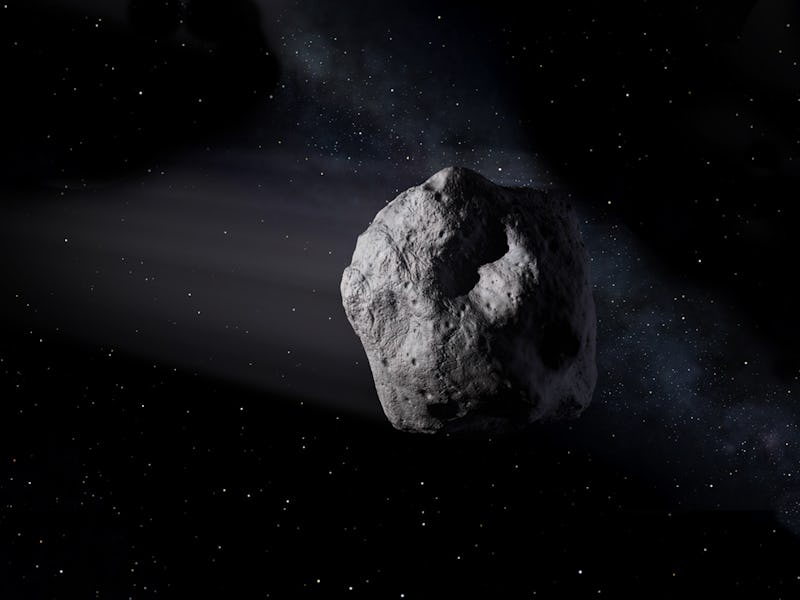China's Plan to Seize a Near-Earth Asteroid Sounds Surprisingly Feasible
Phase 1: Collect asteroids. Phase 2: ? Phase 3: Profit.

For centuries, humans have extracted minerals from the Earth with reckless abandon, but it’s only a matter of time before our desire for gold, platinum, iron, tungsten, and other useful ores will exceed our planet’s ability to provide them. But what if we could look beyond Earth for the raw materials we need to power the engines of industry? We’ll spare you the disingenuous prattle about how this sounds like a sci-fi movie, because the fact of the matter is asteroid mining is right over the horizon, and a group of Chinese scientists is already trying to figure out how to snag a near-Earth asteroid out of space to harvest all its goodies on Earth.
“Sounds like science-fiction, but I believe it can be realized,” Li Mingtao, Ph.D., a researcher at the National Space Science Center under the Chinese Academy of Sciences, tells Chinese state-run news agency Xinhua. Li and his colleagues introduced their plan at a competition in Shenzhen in which participants proposed innovative future technologies.
There's a lot of concept art for asteroid mining spacecraft, but none have gotten off the ground yet.
Their plan, which involves a constellation of satellites in an orbit around the sun that would search for asteroids, wrap a massive bag around an asteroid, and ferry it back to Earth, has significant engineering obstacles. Even once they get a spacecraft to intercept an asteroid and envelop it in some kind of strong material, they’ll still have to get it here. That’s where a giant, unfolding heat shield comes in, to keep the asteroid from burning up upon reentry. It may sound crazy, but it’s just one of many equally ambitious ideas floating around in the asteroid mining field. And as far as asteroid mining schemes go, it sounds pretty reasonable.
So far, Li and his team have been working with the Qian Xuesen Laboratory of Space Technology, under the China Aerospace Science and Technology Corporation, to identify a suitable target, reports Xinhua. This will likely be a near-Earth asteroid about 30 feet in diameter. Even a small asteroid would be hard to wrangle, but it could still potentially contain billions of dollars worth of precious metals.
Which brings us to another obstacle facing such a project: Before scientists could justify investing millions — likely billions — into such a project, they’d need to confirm the materials making up an asteroid. After all, even though iron is an economically important ore, there’s a huge difference between iron and platinum when it comes to price per ton.
Li tells Xinhua that the satellites looking for asteroids to capture would analyze them to help Earth-based researchers calculate their potential value.
For now, the team has its eye on a near-Earth asteroid that’s about 20 feet across, likely weighing hundreds of tons. This particular space nugget is about 60 million miles away, approximately two-thirds the distance between the Earth and the sun. And while Li and his team have a lot of work ahead of them to hammer out the specifics of this plan, he’s hopeful that he’ll be part of this new industry.
“Space mining might become a new engine for the global economy,” he says.